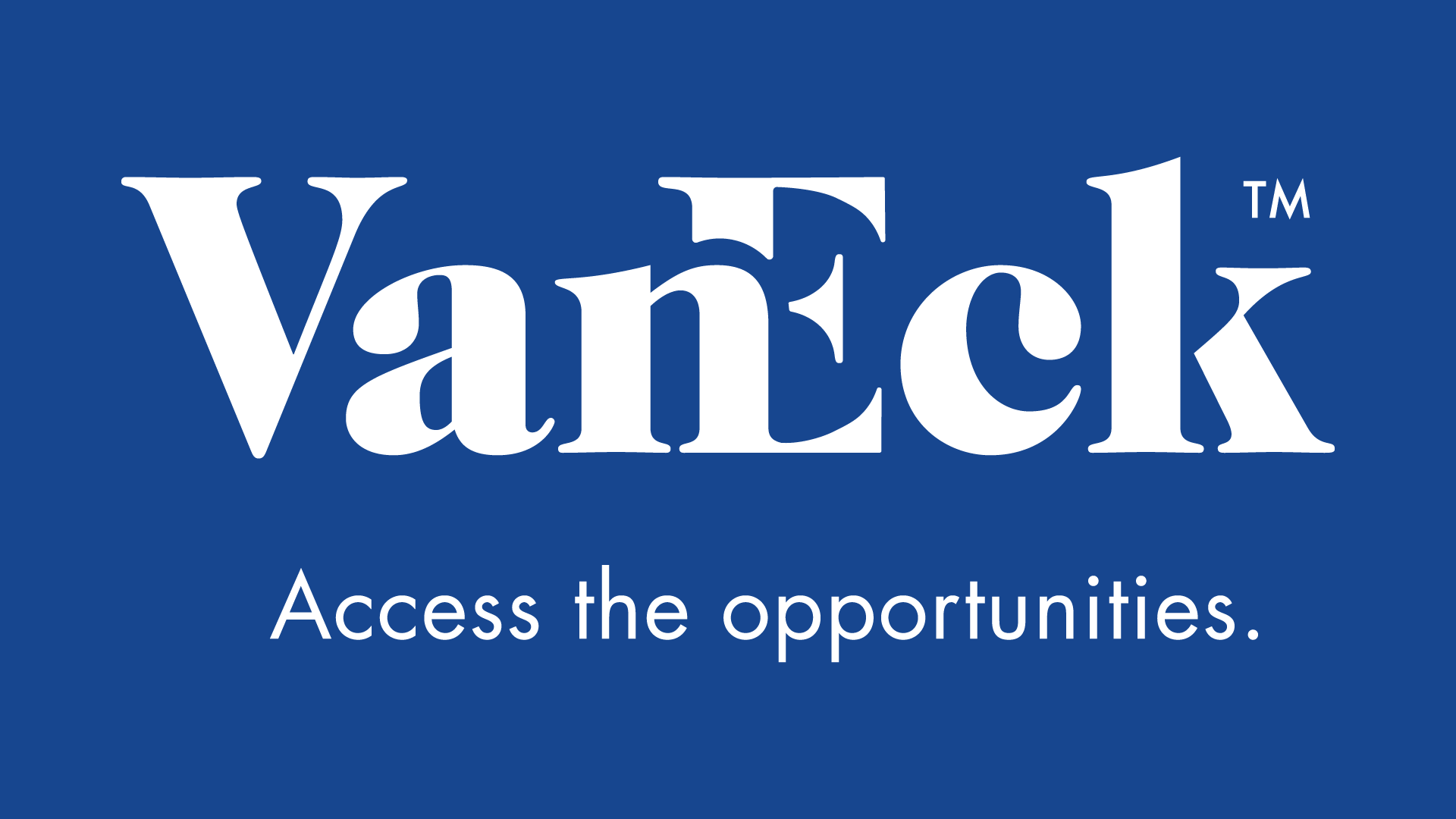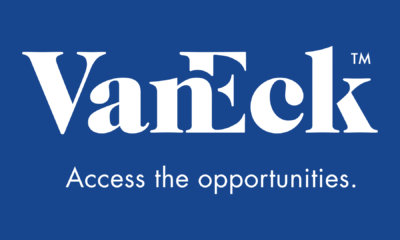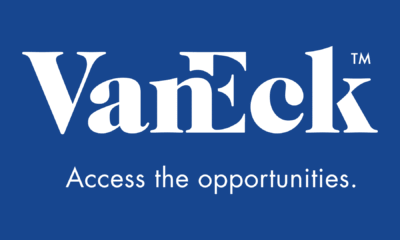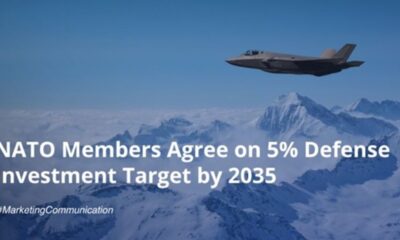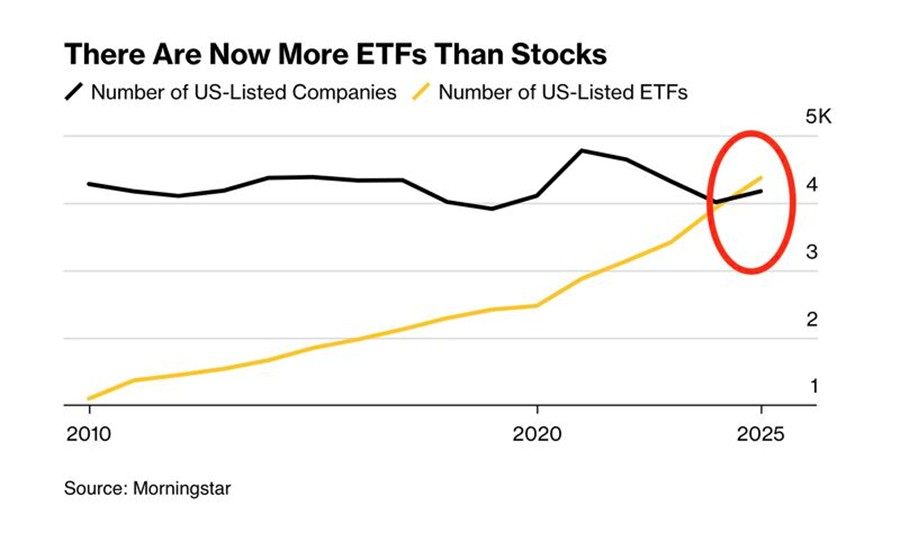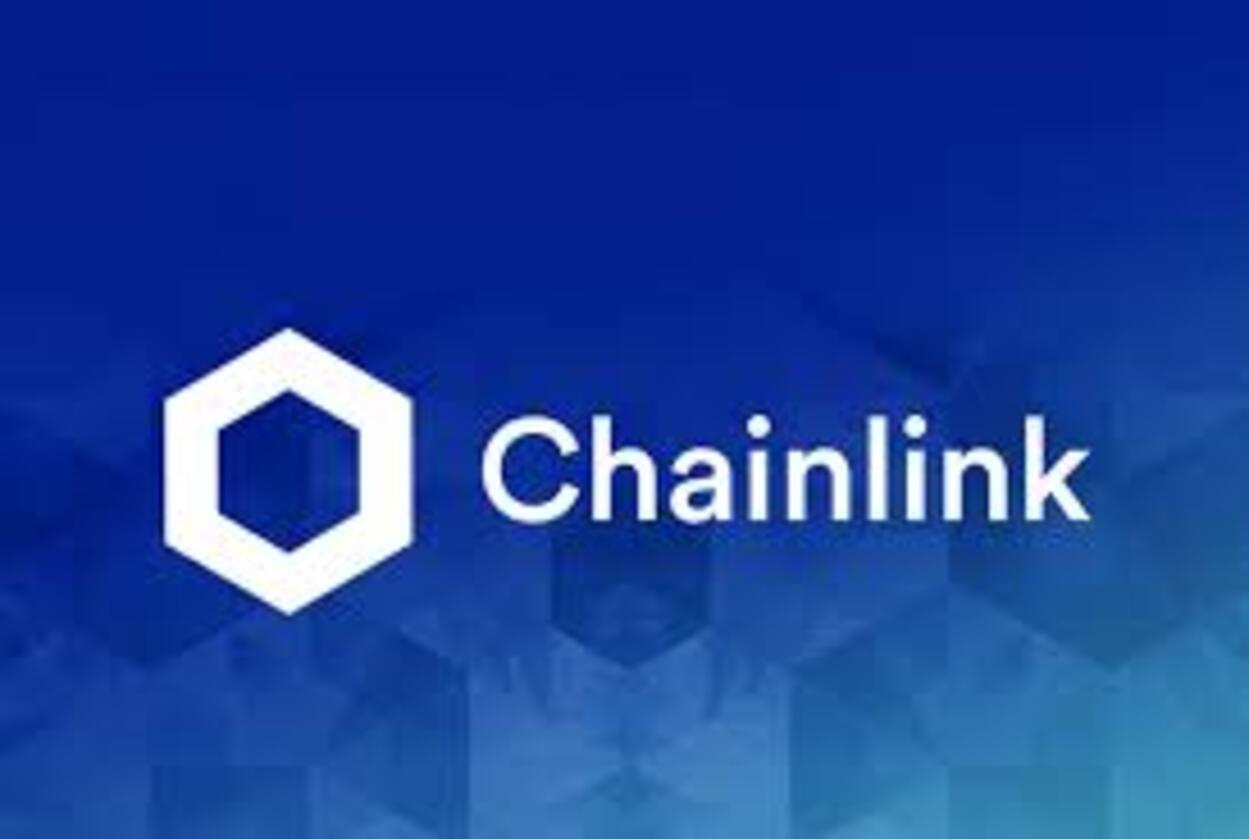Central Bank Policy Concerns Support Gold in March For the month ended March 31, 2016 Gold reached a new high for the year of $1,285 per ounce on March 11 when the European Central Bank (ECB) announced its upcoming plans, which include reducing rates on overnight bank deposits by 10 basis points to -0.4%, expanding quantitative easing to include corporate bonds in addition to sovereign bonds, and adding a new series of bank loans. Gold’s gain reflects investors’ worries over the financial risk and currency debasement that may come with negative rates, more printing of money, and relatively easy credit. Bloomberg reports that in February sovereign bonds issued primarily in Japan and Europe worth more than $7 trillion in U.S. dollars had negative yields. Meanwhile, Gluskin Sheff1 calculates the average yield on $23 trillion of global sovereign bonds outstanding has dropped below 0.7% for the first time in history.
The Potential Risks of Negative Interest Rates
Some of the potential risks of negative rates include: 1) the fundamental framework of the financial system is simply not designed to operate with negative rates; 2) providers of long-term services, like pension funds and insurance companies, have trouble meeting goals and expectations; 3) currency relationships and valuations become impaired; and 4) investors may disengage from the financial system. Comments from central bank officials seem oblivious to the dangers that gold investors see in the radical policies that are being promulgated. For example, ECB President Mario Draghi has said that he will do whatever is necessary to revive inflation. International Monetary Fund (IMF) Managing Director Christine Lagarde claims that the world economy would be worse off without negative rates and, additionally, that the finance sector may need to implement new business models. Following the March 29 speech to the New York Financial Club by Federal Reserve (Fed) Chair Janet Yellen during which she stated that the Federal Open Market Committee (FOMC) would still have considerable scope to ease policy if rates in the U.S. hit 0% again, the market lowered its expectation for further Fed rate increases.
Gold Bullion Posted A Small Loss for March, While Gold Shares Were Strong
Overall for the month, gold trended lower from its March highs, ending the month at $1,232.71 per ounce for a small loss of $6.03 (0.5%). Gold shares reached their highs for the year on March 17 and the NYSE Arca Gold Miners Index2 (GDMNTR) gained 4.0% for the month. The junior gold stocks had been trailing the benchmark, however, but the Market Vectors Junior Gold Miners Index3 (MVGDXJTR) caught up with the GDMNTR for the year by outperforming in March with an 8.6% gain.
Gold ETPs Enjoy Record Flows in 1Q
The 300 tonne flow of gold into bullion exchange-traded products (ETPs) in the first quarter (1Q) was the largest quarterly inflow since 2009, a period of heightened demand due to the credit crisis. Despite these record ETP flows, other demand drivers have been lacking. Jewelers in India were on strike for three weeks in March to protest a tax increase. Bloomberg reports Chinese purchases of gold for the first two months of 2016 were down 56% from a year ago. The People’s Bank of China (PBOC) raised its gold reserves by 10 tonnes in February, its smallest monthly increase since it began reporting gold holdings last year. Producer hedging, which involves selling, increased as we count seven companies that announced new hedge positions in the first quarter. This was entirely short-term tactical hedging to lock in profits for new start-ups, high-cost short-life mines, or mines in weak currency countries. The weak physical demand from Asia and increased hedging suggest that overwhelming investment demand, mainly from the West, has been a primary driver of the strong gold market this year.
Gold Enjoyed its Best Quarter Since 1986
This was the best quarter for gold performance since 1986 and gold stock gains were of a similar magnitude. In the first quarter, gold advanced 16.1%, while the GDMNTR was up 46.3% and the MVGDXJTR climbed 45.4%. These are the types of early gains we expected to see in a sector that has been radically oversold. Since gold crashed in 2013, short sellers have dominated the market with many banks calling for lower prices, making the bear market one of the worst ever. Now it looks like we will see how vulnerable the new market is. Inflows to bullion ETPs have slowed and Comex4 net speculative long positions are the highest since 2012. As of April 5, gold has declined $56 per ounce from its March 11 high and looks to be into its first significant consolidation of the year. Holding above $1,200 per ounce would be a very bullish sign. However, a more plausible expectation based on trends in the early stage of past bull markets would be a correction to around the $1,150 per ounce level. A fall below $1,100 per ounce would suggest the bears have regained the upper hand, although we see this as the least likely outcome.
Core Inflation in U.S. is Worth Watching
Although we haven’t paid much attention to consumer price inflation5 (CPI) for decades, we believe it now merits watching. The era of disinflation that was punctuated by the deflation of the great recession may be coming to a close. Normally we prefer to include food and energy when evaluating inflation trends. However, because of the recent crash in oil prices, we believe it is important to strip out energy volatility to see what is happening with underlying core inflation. The chart below (Figure 1) highlights the rise in core inflation over the past 14 months that has the potential to form a new trend. The Fed has a dual mandate: full employment and consumer price stability. At 5% unemployment, it’s generally considered that the labor market is at full employment. Except for the extraordinary crisis-driven deflation in 2009, the core CPI chart looks reasonably stable. Yet for some reason the Fed and other central banks are trying extremely hard to escalate inflation. They do not appear worried by the asset price inflation that easy money policies have brought to stocks, bonds, and real estate. In past cycles the Fed remained too easy for too long. This is looking like a cycle in which the central banks remain way too easy for way too long, in our opinion. Perhaps this cycle will be different from the ones that brought about the tech bust and subprime crash. In addition to the usual asset bubbles that inevitably burst, we might be adding an inflationary cycle in goods and services. There is a distantly familiar name for that in a low-growth world: stagflation.
(click to enlarge)
A Welcome Sojourn to Gold Mines in the Australian Outback
Getting far away from a macroeconomic scene that might become quite depressing for those investors without investments in gold or gold shares, we spent time in the Australian outback looking at a number of gold properties. Australia is the second largest gold producer behind China, and ranks ahead of both Russia and the U.S. We haven’t been to Australia in many years because much of the gold there has been produced by North American or South African majors who acquired many of the Australian producers 10 to 15 years ago. The Australian operations formed a smallish component of the global majors, which made it difficult to justify a 22-hour flight combined with 105°F heat on arrival. But recently, there has been a remarkable renaissance in mid-tier and junior producers in Australia made possible by: 1) the 28% fall in the Australian dollar (AUD) since 2013 that has reduced costs in U.S. dollar terms, 2) North American companies divesting non-core mines to help pay down debt, and 3) operational improvements and discoveries. Companies that a few years ago did not exist or were avoided, such as Saracen, Northern Star, and Newmarket Gold, are now in our portfolio.
One of the drawbacks of investing in Australian companies is their short mine lives. Reserve lives are typically five years or less. However, we have gained an understanding of the resource base and exploration potential of these properties that indicate true mine lives are closer to the 10-year time frame that is common internationally. Good management teams have mitigated the operating risks, which, we believe, leaves currency as the dominant risk facing these Australian companies. However, we view the rise of the Aussie dollar to parity with the U.S. dollar in 2011/2012 as the exception, brought on by a China-driven commodities boom that is not likely to repeat in our lifetimes. The currency collapse brings it closer to historic norms. From 1985 to 2005 the AUD averaged US$0.70, close to its current value of US$0.75.
IMPORTANT DISCLOSURE
1 Gluskin Sheff + Associates Inc., a Canadian independent wealth management firm, manages investment portfolios for high net worth investors, including entrepreneurs, professionals, family trusts, private charitable foundations, and estates.
2 NYSE Arca Gold Miners Index (GDMNTR) is a modified market capitalization-weighted index comprised of publicly traded companies involved primarily in the mining for gold.
3 Market Vectors Junior Gold Miners Index (MVGDXJTR) is a rules-based, modified market capitalization-weighted, float-adjusted index comprised of a global universe of publicly traded small- and medium-capitalization companies that generate at least 50% of their revenues from gold and/or silver mining, hold real property that has the potential to produce at least 50% of the company’s revenue from gold or silver mining when developed, or primarily invest in gold or silver.
4 The primary market for trading metals such as gold, silver, copper, and aluminum. Formerly known as the Commodity Exchange Inc., the COMEX merged with the New York Mercantile Exchange in 1994 and became the division responsible for metals trading.
5 A comprehensive measure used for estimation of price changes in a basket of goods and services representative of consumption expenditure in an economy.
This content is published in the United States for residents of specified countries. Investors are subject to securities and tax regulations within their applicable jurisdictions that are not addressed on this content. Nothing in this content should be considered a solicitation to buy or an offer to sell shares of any investment in any jurisdiction where the offer or solicitation would be unlawful under the securities laws of such jurisdiction, nor is it intended as investment, tax, financial, or legal advice. Investors should seek such professional advice for their particular situation and jurisdiction.
Any indices listed are unmanaged indices and include the reinvestment of all dividends, but do not reflect the payment of transaction costs, advisory fees or expenses that are associated with an investment in the Fund. An index’s performance is not illustrative of the Fund’s performance. Indices are not securities in which investments can be made.
Please note that the information herein represents the opinion of the portfolio manager and these opinions may change at any time and from time to time. Not intended to be a forecast of future events, a guarantee of future results or investment advice. Historical performance is not indicative of future results; current data may differ from data quoted. Current market conditions may not continue. Non-VanEck proprietary information contained herein has been obtained from sources believed to be reliable, but not guaranteed. No part of this material may be reproduced in any form, or referred to in any other publication, without express written permission of VanEck. ©VanEck. All rights reserved.
You can lose money by investing in the Fund. Any investment in the Fund should be part of an overall investment program, not a complete program. The Fund is subject to the risks associated with concentrating its assets in the gold industry, which can be significantly affected by international economic, monetary and political developments. The Fund’s overall portfolio may decline in value due to developments specific to the gold industry. The Fund’s investments in foreign securities involve risks related to adverse political and economic developments unique to a country or a region, currency fluctuations or controls, and the possibility of arbitrary action by foreign governments, including the takeover of property without adequate compensation or imposition of prohibitive taxation. The Fund is subject to risks associated with investments in debt securities, derivatives, commodity-linked instruments, illiquid securities, asset-backed securities, and small- or mid-cap companies. The Fund is also subject to inflation risk, short-sales risk, market risk, non-diversification risk, leverage risk, credit risk and counterparty risk. Please see the prospectus and summary prospectus for information on these as well as other risk considerations.
Please call 800.826.2333 or visit vaneck.com for performance information current to the most recent month end and for a free prospectus and summary prospectus. An investor should consider the Fund’s investment objective, risks, and charges and expenses carefully before investing. The prospectus and summary prospectus contain this as well as other information. Please read them carefully before investing.
Gold and Precious Metals
by Joe Foster,, Portfolio Manager and Strategist
With more than 30 years of gold industry experience, Foster began his gold career as a boots on the ground geologist, evaluating mining exploration and development projects. Foster is Portfolio Manager and Strategist for the Gold and Precious Metals strategy.
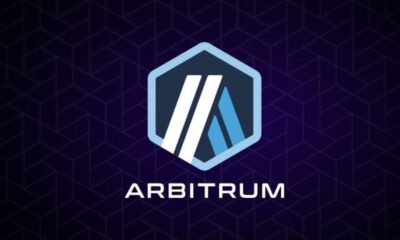
 Nyheter4 veckor sedan
Nyheter4 veckor sedan
 Nyheter2 veckor sedan
Nyheter2 veckor sedan
 Nyheter2 veckor sedan
Nyheter2 veckor sedan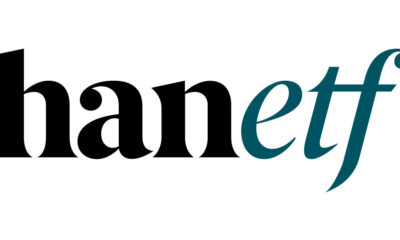
 Nyheter3 veckor sedan
Nyheter3 veckor sedan
 Nyheter4 veckor sedan
Nyheter4 veckor sedan
 Nyheter1 vecka sedan
Nyheter1 vecka sedan
 Nyheter2 veckor sedan
Nyheter2 veckor sedan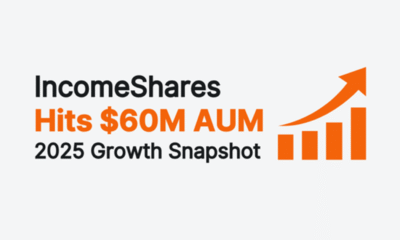
 Nyheter4 veckor sedan
Nyheter4 veckor sedan
